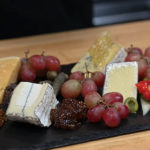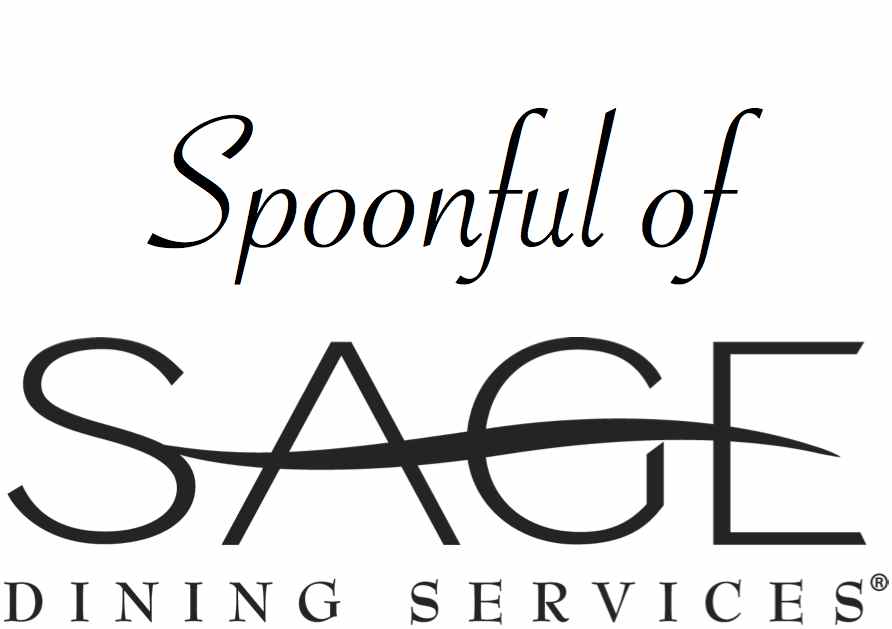One-on-One with a SAGE Senior Software Engineer, John Noyes
Technology, SAGE Community, One-on-One
When it comes to doing things from scratch, SAGE walks the walk. To our guests in the dining halls, the term “from scratch” means fantastic food that’s made fresh daily by SAGE Chefs. But what they might not realize is that the tools that make these awesome meals happen every day are also made from scratch ꟷ by SAGE Software Engineers, like John Noyes. John and his team in the Technology Department develop and create virtually every behind-the-scenes process that...
From Our Dietitians: Fostering Balanced Nutrition Habits at Home
Nutrition
It’s common knowledge that nutrition is an important part of well-being. We’ve dedicated a lot of resources to this very topic and designed programs to provide nutritional guidance. Our dining halls are proof that young people can, and do, enjoy nutrient-dense meals at school. But, if you struggle with helping your child choose nutritious foods at home, here are some ways you can implement our strategies to develop a balanced nutritional practice with your family. Basic nutritional messaging helps promote...
Gardening 101 - Tips and Tricks for New Gardeners
Growing SAGE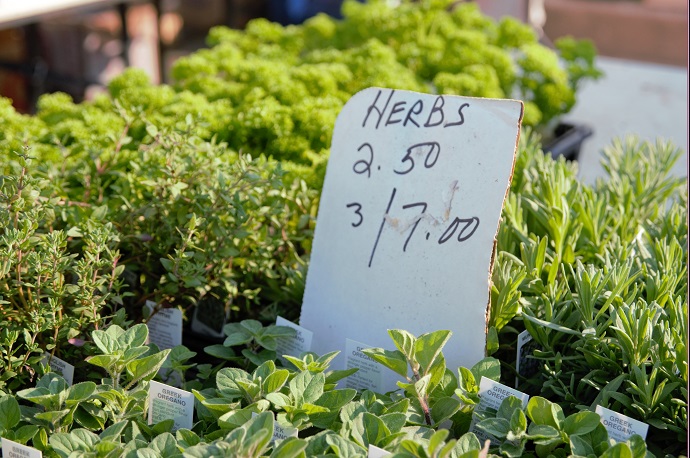
Want to grow your own produce and herbs but need some advice? Rylan Snodgrass, Food Services Director at River Oaks Baptist School in Houston, started her first on-campus garden last spring, and has a few words of wisdom: Start with plants versus seeds. While seeds can yield some incredibly interesting plants, they take a very long time to sprout and a lot of care and attention. You can put plants in the ground right away and get some satisfaction quickly...
From Our Chefs: Top 10 Favorite Dishes to Prepare
From Our Chefs
Our Chefs, many of whom hail from top-tier culinary schools and restaurants, have dedicated their careers to working in your school communities. Known for their versatility, they can pull out all the stops for a high-end catering event with elegant meals on the weekend, and then reliably deliver regional, kid-friendly favorites for Monday’s lunch. But what are their favorites? We polled them to find out what they love to prepare for their communities. We think some of these might also...
Growing SAGE: Campus Garden at River Oaks Baptist School
Gardens, SAGE Community, One-on-One, Featured Venue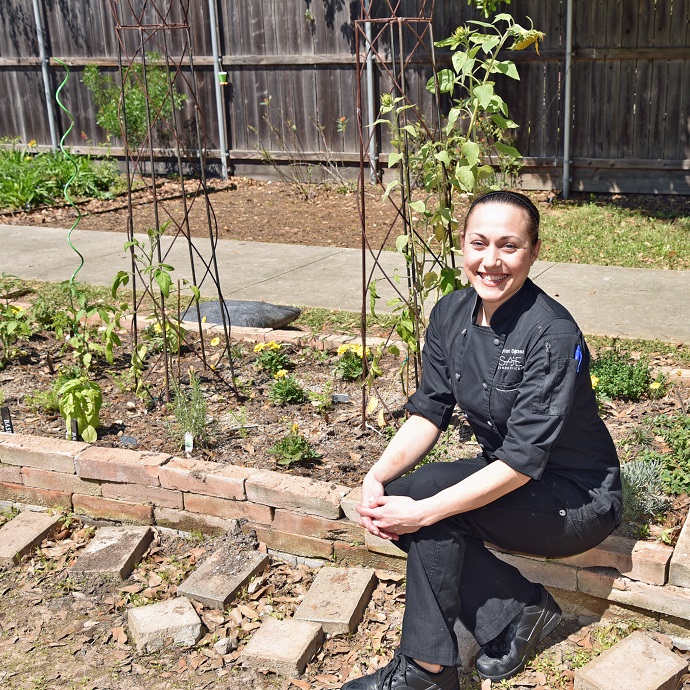
Spring has sprung! At many SAGE venues, we’re getting our campus gardens ready for planting. 70% of the communities we serve have a type of garden – from small herb boxes to small farms – and we enthusiastically harvest from them for our recipes. We know how important it is for young people to be exposed to gardening. Research shows that gardening experiences from childhood through young adulthood affect the amount of fruits and vegetables that young people eat. So...
One-on-One with a SAGE Team Member: Margaret Scott
SAGE Community, One-on-One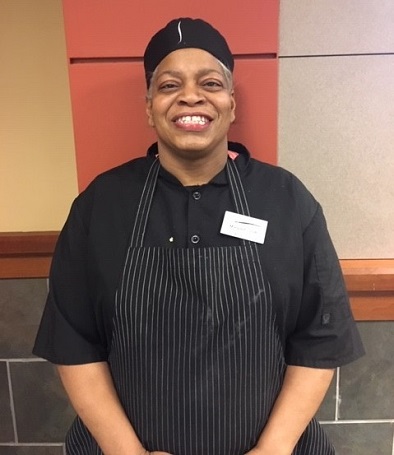
Meet SAGE Team Member Margaret Scott. She's been with SAGE for 10 years, all at Calvert Hall College High School in Maryland! How did you get into food service? It’s always been something I like to do. I started with home economics in middle school—I liked sewing, homemaking, and cooking. During high school, I started in fast food at Roy Rogers. What’s your role in the kitchen? My main role is working in prep—baking, roasting chicken and turkey for the...
Top 10 Most Popular Main Ingredient Entrées
From Our Chefs, Menu Development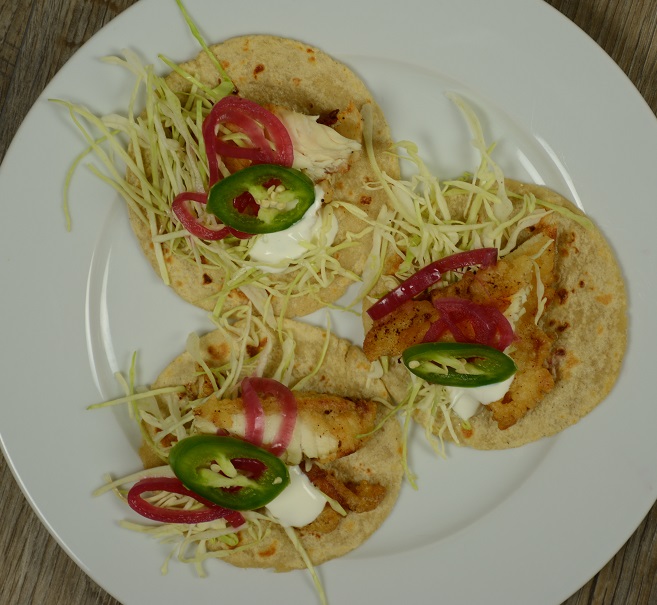
The students have spoken! We know our students love mac and cheese and pizza, but we also know that their palates can be pretty sophisticated. With feedback from our Touch of SAGE™ Mobile App, our Director of Menu Development put together a list of the most popular unconventional Main Ingredient entrées in our communities. Check it out for some dinner time inspiration! 10. Baja Fish Tacos (check out the recipe here) 9. Grilled Cheese & Braised Short Rib Sandwich 8...
Top 10 Tips for Brain Health and Academic Achievement
Nutrition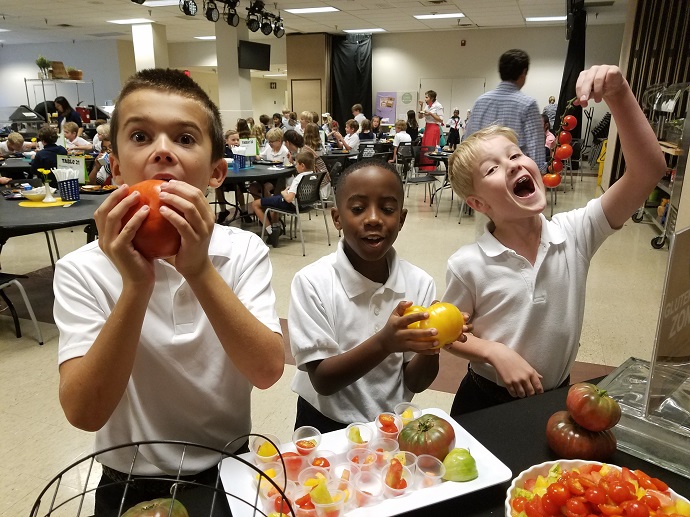
Preparing for test day can be nerve-racking enough—help your kids out with these brain-boosting nutrition tips: 10. Eat breakfast: Academic achievement is more likely with regular meal consumption, especially breakfast. Breakfast-eaters score higher on standardized tests and have higher GPAs than peers who skip this meal. 9. Don’t forget the fruit: Students consuming two or more servings of fruit per day, especially berries, have been shown to have improved academic achievement. Berries are high in anthocyanins and other flavonoids, which...

